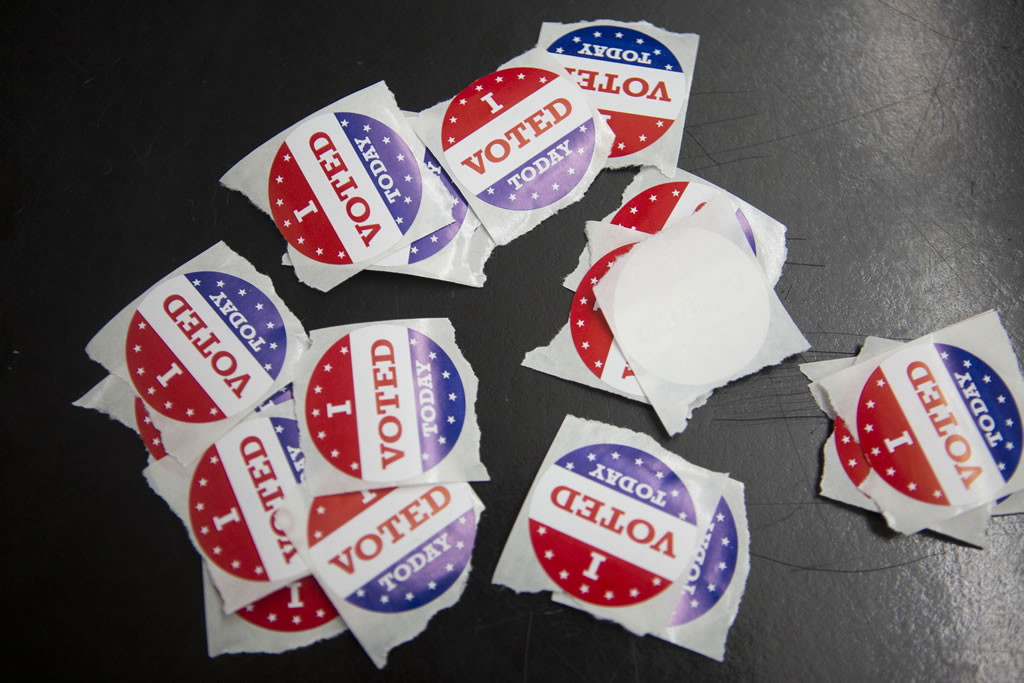About 80 percent of the voters who registered as indefinitely confined to get a ballot in last year's presidential election have provided a photo ID in past elections to their local clerk, a new report from the Wisconsin Elections Commission finds. But in total, the number of those who voted under the status made up just 11 percent of absentee ballots returned. The status, which allows voters to r...
Please log in to access subscriber content.
If you don't have a subscription, please contact schmies@wispolitics.com for subscription options on the WisPolitics-State Affairs platform, which is the new home for WisPolitics subscriber products.


